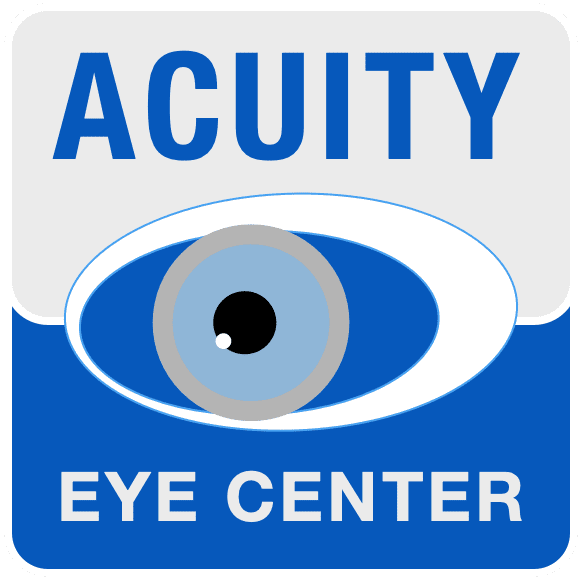With nearly 40 million people suffering from blindness worldwide and another 124 million affected by low vision, it’s no surprise that researchers are intent on developing novel ways to restore sight. One such effort is the development of a so-called bionic eye or bionic eye implants.
Bionic eye scientists have one common goal: to develop technology that’s as effective for visual disabilities as cochlear implants have become for auditory ones. But different scientists’ methods for achieving this vary. What’s more, bionic eye technology is still in its infancy compared with cochlear implants for hearing loss.
Several bionic eye implants are in development, but currently only one is available in the United States, and it is suitable only for blindness caused by specific eye diseases. However, as research continues, more and more people may soon benefit from high-tech bionic eyes.
Bionic Eyes Do More Than Prosthetic Eyes #
A bionic eye is not the same thing as a prosthetic eye. Prosthetic eyes (also called “glass eyes” or “artificial eyes) replace the physical structure and appearance of an eye that must be removed due to trauma, pain, disfigurement or disease. Bionic eye implants, on the other hand, work inside the existing eye structures or in the brain. They are designed to achieve functional vision goals — as opposed to physical, cosmetic ones.
Just as there is no single cause for blindness, there’s likewise no one cure. To determine whether a bionic eye could help you see, it’s important to know the reason(s) for your vision loss.
The Argus II Retinal Prosthesis System consists of a tiny eyeglasses-mounted camera and a transmitter that wirelessly sends signals to an electrode array that is implanted onto the damaged retina of a blind person.
The process of sight begins when light enters the eye. The cornea and lens focus light onto the retina at the back of the eyeball. Light-sensitive cells in the retina then convert the focused light into electrical energy, which is transported to the brain via the optic nerve.
In blind people, part of this process doesn’t work. In some cases, the cornea or lens are damaged or diseased, or the retina can’t perceive light. In others, the signal is lost somewhere along the visual pathway in the brain.
Different bionic eye models take aim at different target areas in the visual pathway. Currently, retinal implants are the only approved and commercially available bionic eyes, though cornea transplants and cataract surgery can replace the cornea and lens if these structures are clouded or are incapable of focusing light for other reasons.
Who Can Benefit From Currently Available Bionic Eyes? #
In the United States, the FDA has approved just one commercially available bionic eye system. The device, called the Argus II Retinal Prosthesis System, was developed by a California-based company called Second Sight.
The Argus II has been used to restore some level of visual perception to hundreds of individuals with severe retinitis pigmentosa — a disease that affects one in 5,000 people. The Argus II also is being tested for people with a much more common condition, age-related macular degeneration.
How Retinal Implants Restore Sight #
The Argus II is a two-part system: It includes a small camera that is mounted on a pair of eyeglasses and a tiny array of electrodes that is implanted in the back of the eye, on the retina.
Whatever the camera sees is converted into signals that are transmitted wirelessly to the retinal implant. In response, the chip’s electrodes stimulate the retinal cells, causing them to send the incoming information to the optic nerve so it can be processed by the brain.
Limitations Of Bionic Eyes #
Although the Argus II system enables people to discern light, movement and shapes, it does not yet restore sight to the extent some might hope. This limitation is largely due to the fact that the current implant has only 60 electrodes. To see naturally, you’d need about a million.
However, some Argus II users can function well enough to read large-print books and cross the street on their own. And the company plans to add more electrodes in future models.
Another limitation of the current Argus II Retinal Prosthesis System is that it doesn’t enable users to perceive colors. And it’s expensive — costs associated with the device and procedure add up to nearly $150,000 and may or may not be covered by medical insurance.
The Future Of Bionic Eyes #
Future iterations of the Argus II system will likely feature advanced implants with higher numbers of electrodes that are capable of producing sharper, more functional vision for people who are blind from retinitis pigmentosa and other retinal diseases, including macular degeneration. It’s possible future implants may also be able to produce some degree of color vision.
In addition to Second Sight’s bionic eye, researchers elsewhere are testing devices with even more electrodes, as well as devices that bypass the retina and stimulate the brain directly.





